Exploring the Hollow Moon Hypothesis: Fact or Fiction?
Written on
Chapter 1: The Hollow Moon Question
Recently, a subscriber on my Telegram channel posed an intriguing question:
“Good day. What’s your take on some media reports suggesting that the Moon is hollow and possibly an artificial construct designed for monitoring Earth or supporting life?”
Let’s delve into this topic together.
Hollow Moon Hypothesis
The notion of a hollow Moon has rarely been taken seriously by the scientific community, primarily due to a lack of substantial data to support such claims. A similar theory about a hollow Earth was suggested in the 17th century by astronomer Edmund Halley to explain certain magnetic anomalies.
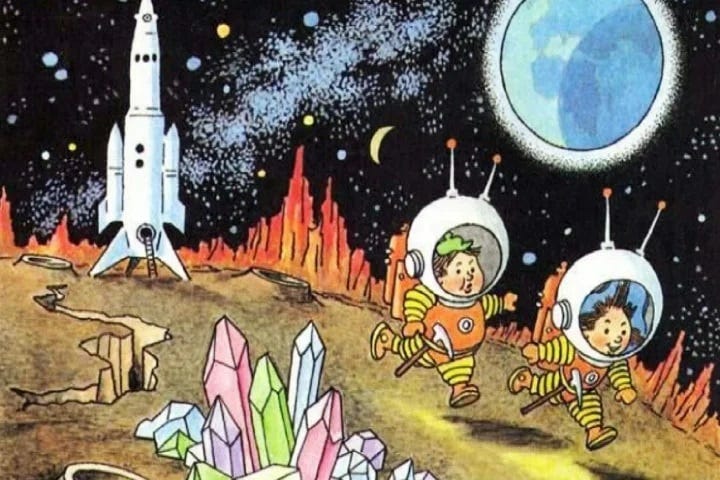
This concept of a hollow Moon has found a place in science fiction literature. Renowned authors like H.G. Wells, Edgar Rice Burroughs, and Isaac Asimov have incorporated variations of this idea into their works. Additionally, the beloved children’s book “Neznayka on the Moon” by Soviet author Nikolay Nosov featured a hollow Moon, making it a memorable tale for many.
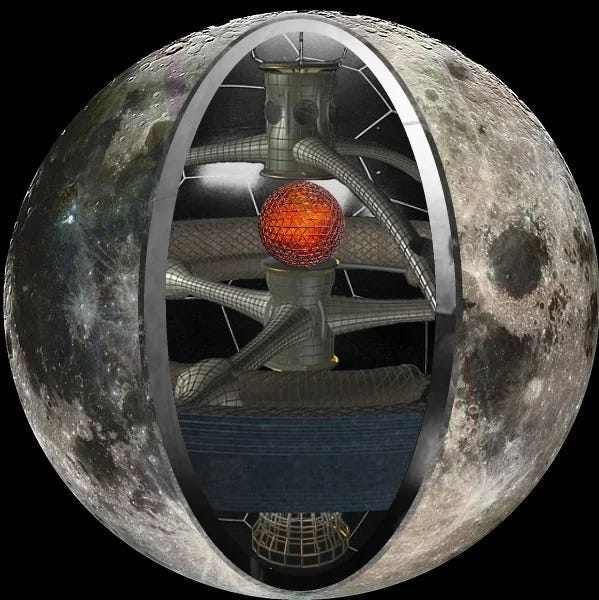
Despite the intriguing narratives, modern scientific findings do not support the notion of the Moon containing any significant hollow areas.
How Do We Know the Moon Isn’t Hollow?
There are two main methods to assess the mass distribution within a celestial body. The first involves calculating the moments of inertia, while the second relies on seismological data.
Laser measurements conducted during lunar librations revealed the Moon’s normalized polar moment of inertia to be approximately 0.394 ± 0.002, indicating a structure akin to a solid object with uniform density (0.4). In contrast, the Earth’s moment is about 0.33. If the Moon were a hollow sphere with thin walls yet maintaining the same mass, its normalized polar moment of inertia would be roughly 0.67.
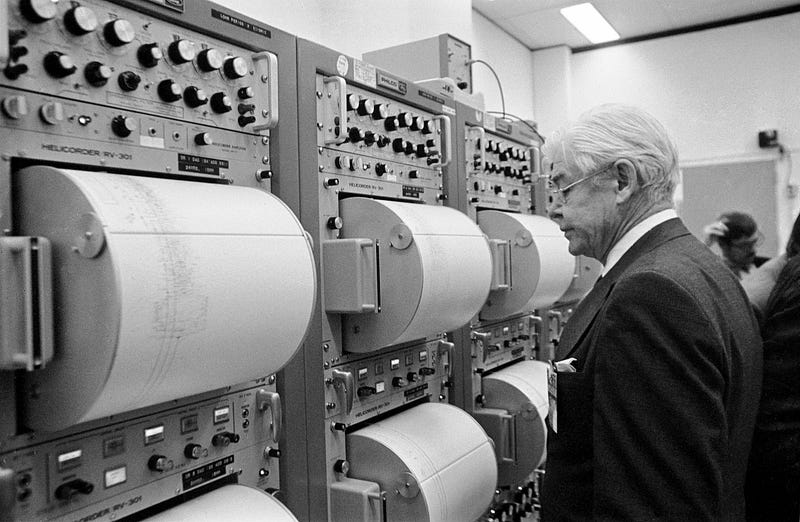
Seismological studies conducted with instruments on the Moon have also provided insight into its internal structure. These observations indicated that the lunar crust is about 45 kilometers thick, with the Moon’s core measuring approximately 330 kilometers in radius. The remainder of the Moon’s interior is largely filled with a solidified mantle.

No significant hollow areas were detected by seismometers. While small caves may exist beneath the lunar surface, their prevalence is likely much lower than on Earth, as the essential processes for cave formation—such as erosion and water-induced weathering—are absent on the Moon.
Origin of the Modern Conspiracy Theory
A quick search on conspiracy theory websites discussing the hollow Moon will yield a passage that has been replicated across various platforms:
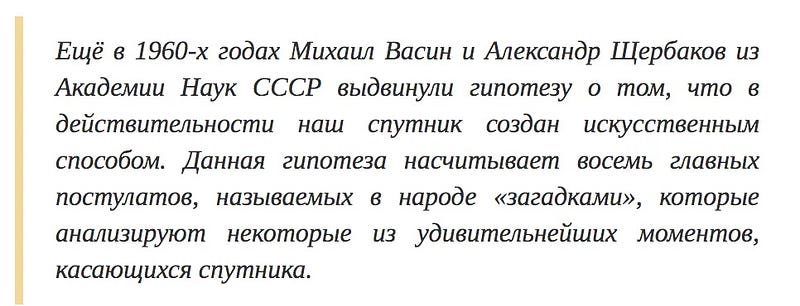
This text has circulated without alteration. Upon investigation, I discovered that the references to “Vasin and Shcherbakov” stem from an article published in the June 1970 issue of the English-language journal “Sputnik,” which translated Soviet articles for international audiences.

The original piece, which appeared in the January 1968 issue of “Komsomolskaya Pravda,” was credited to M. Vasiliev and R. Shcherbakov. Notably, the authorship does not mention any affiliation with the Academy of Sciences.
Mikhail Vasiliev (real name: Mikhail Khvastunov) was a journalist in the science department of “Komsomolskaya Pravda,” focusing on popular science literature rather than actual scientific research.

Similarly, Rem Shcherbakov, also a journalist for the same publication, held a degree in design engineering. After leaving “Komsomolka,” he dedicated himself to the study of Silver Age poetry, authoring a biography of Bryusov.
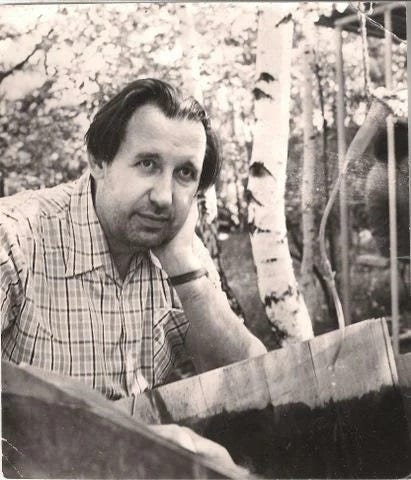
These individuals are not “scientists from the USSR Academy of Sciences”; they are merely journalists who crafted popular science articles with a hint of imagination. The article itself lacks scientific rigor, and it’s clear that many conspiracy theorists have not consulted the original source, as evidenced by their misattribution of the authors’ names.
Read also: The Great Moon Hoax.
In conclusion, the “hollow Moon” theory is entirely without merit.
The first video, titled "The UnXplained: Apollo 12 Uncovers a Hollow Moon," explores the Apollo 12 mission's findings related to the hollow Moon theory.
The second video, "Is Our Moon Hollow From Inside? An Ancient Alien Spaceship??" raises intriguing questions about the Moon's composition and its implications.
If you're interested in more articles about space, don’t forget to subscribe to our channel and share your questions for future discussions. If you appreciate my work, consider supporting us by becoming a member for just $5 a month, which will help enhance our content.